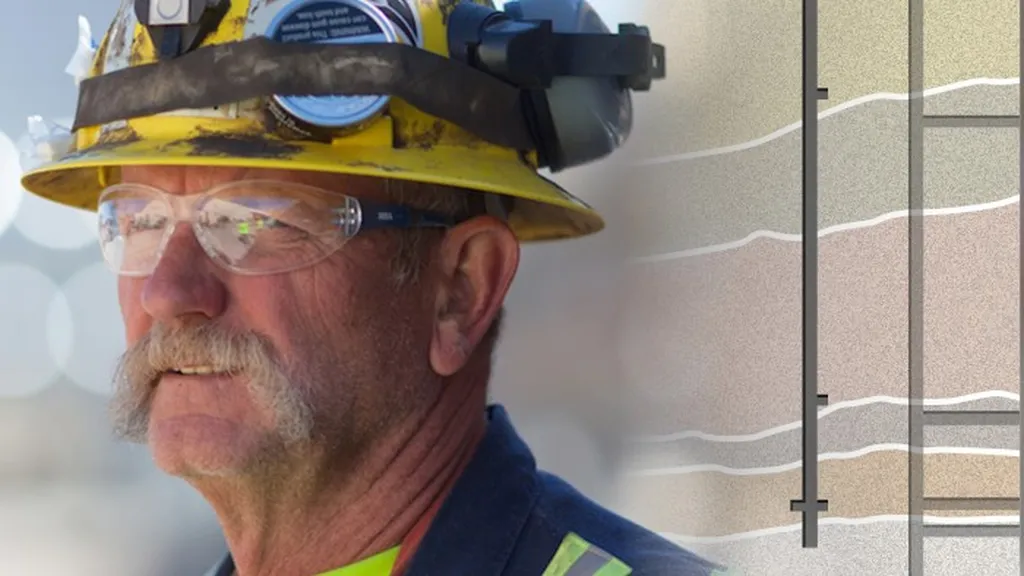In the heart of China’s lower Yellow River reaches, a pressing challenge unfolds: vast areas of land have subsided due to coal mining, creating bowl-like depressions that collect water, while nearby cities grapple with water scarcity. This paradox is the focus of a recent study led by Shaojie Chen from the College of Energy and Mining Engineering at Shandong University of Science and Technology, published in the journal *Meitian dizhi yu kantan*, which translates to *Today’s Geotechnical and Environmental Engineering*.
Chen and his team have turned their attention to an innovative solution: plain reservoirs. These are large, shallow bodies of water created in the subsided areas, designed to manage water accumulation and alleviate urban water shortages. The study highlights the potential of proactive construction—building these reservoirs before water accumulates—as a game-changer for the region.
“Active plain reservoir construction can increase reservoir capacity by 30% to 45% and farmland reclamation rates by 60% to 70%,” Chen explains. This approach not only addresses water accumulation but also supports agricultural and industrial development, while contributing to ecological stability.
The research underscores the need for further scientific exploration to tackle key challenges, such as understanding the dynamic coupling of water accumulation and mining-induced subsidence. It also calls for advancements in mining plans, subsidence prediction, and reservoir capacity regulation, as well as intelligent monitoring systems that integrate subsidence, water accumulation, and dam management.
For the energy sector, the implications are significant. As cities strive for green, low-carbon transformation, effective water and land resource management in coal mining areas becomes crucial. The study suggests that proactive plain reservoir construction could be a key strategy in this transition, offering a sustainable solution to the water accumulation issues that plague these regions.
Looking ahead, Chen emphasizes the need for intensified research into the basic theory of plain reservoir construction to ensure safe and efficient operation. He also advocates for the development of novel technologies and materials to create intelligent ecological reservoirs that integrate water storage, land reclamation, and carbon sink functions.
The study’s findings could shape future developments in the field, providing a roadmap for the scientific construction and utilization of plain reservoirs in coal mining-induced subsidence areas. By addressing water scarcity and ecological degradation, this research offers a promising path toward high-quality development in the Yellow River basin and beyond.

